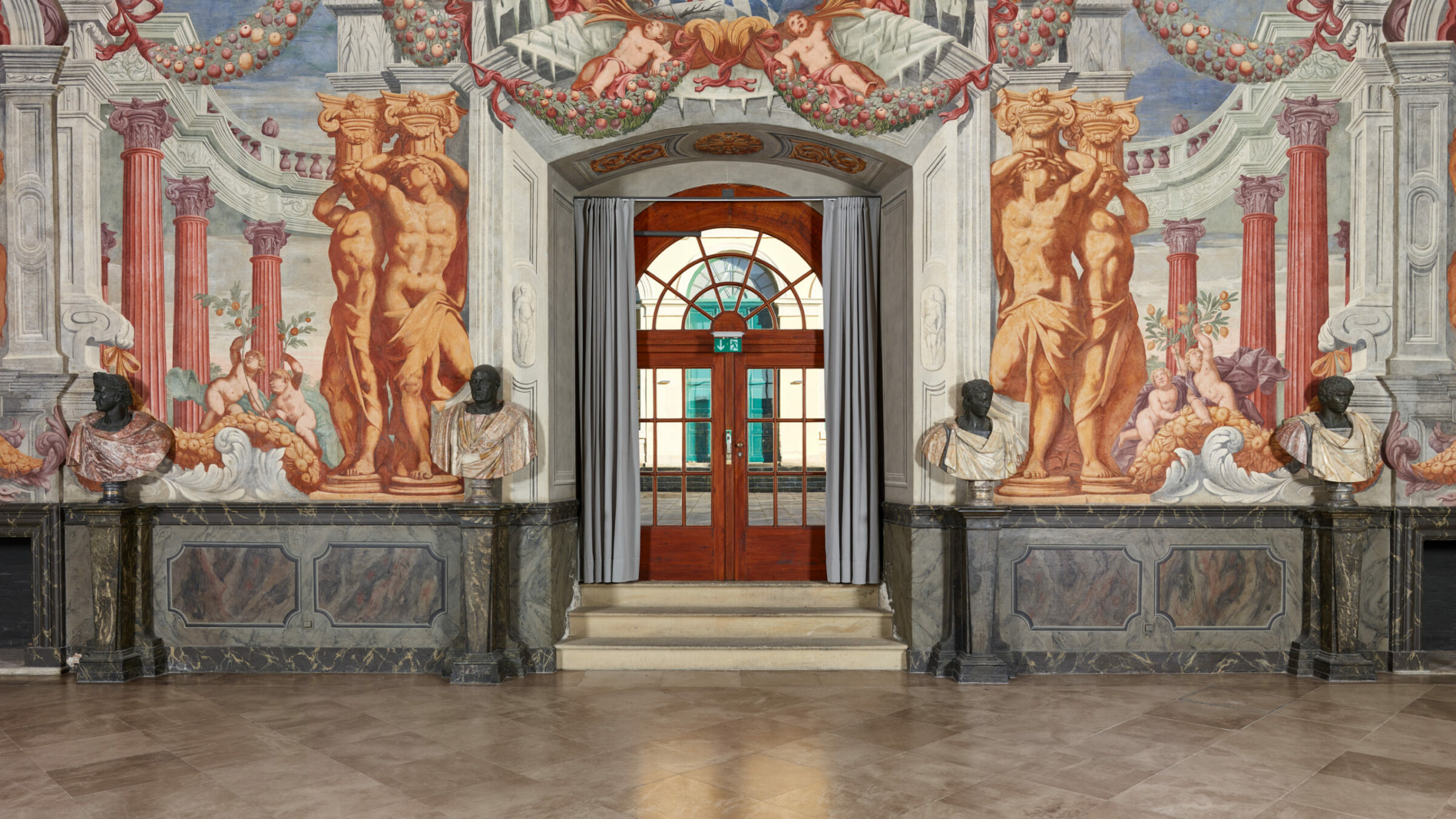1.7 million pictures
With around 1.7 million pictures, the ‘Deutsche Dokumentationszentrum für Kunstgeschichte – Foto Marburg’ (DDK, the German Documentation Centre for Art History – Marburg Picture Library) is one of the world’s largest image archives, and Phase One’s XF Camera System is playing a crucial strategic role in the documentation and digitalization of their works – which are important pieces of art history.
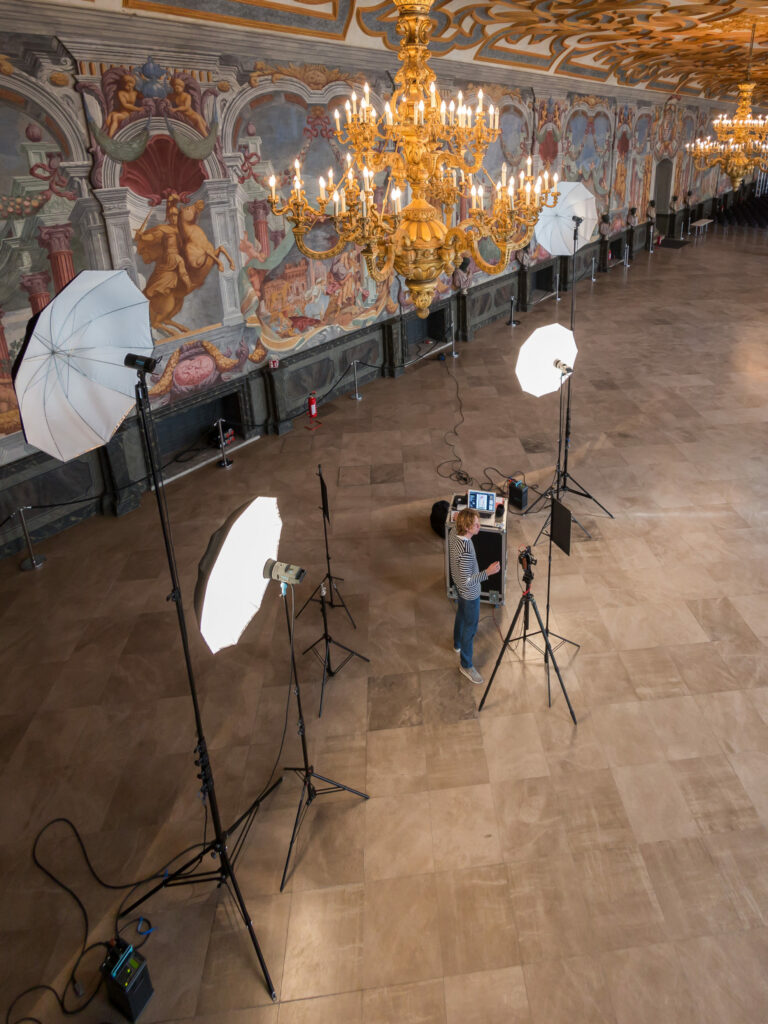
100 percent quality
June 2016: We’re here at the gallery building at the Herrenhausen Palace complex in Hannover with Thomas Scheidt, manager of DDK, and one of his colleagues, who are on site with an Alpa 12 max camera, Rodenstock lens and a Phase One IQ3 Digital Back. They are on site – photograph the gallery’s ballroom, and capture all of the intricate ceiling decorations and elaborate wall frescoes of this space, which was designed and decorated by Venetian architect and court painter Tommaso Giusti at the end of the 17th Century. The images are going to form part of a research project that will document baroque ceiling and wall paintings in Germany in their respective architectural and subject matter contexts. “When shooting on location, we also work with 35mm cameras,” Scheidt tells us. “If we need to achieve 100 percent quality, however, we always use an Alpa with the IQ3 or the IQ1 digital back, and 100-megapixel resolution,” he adds.
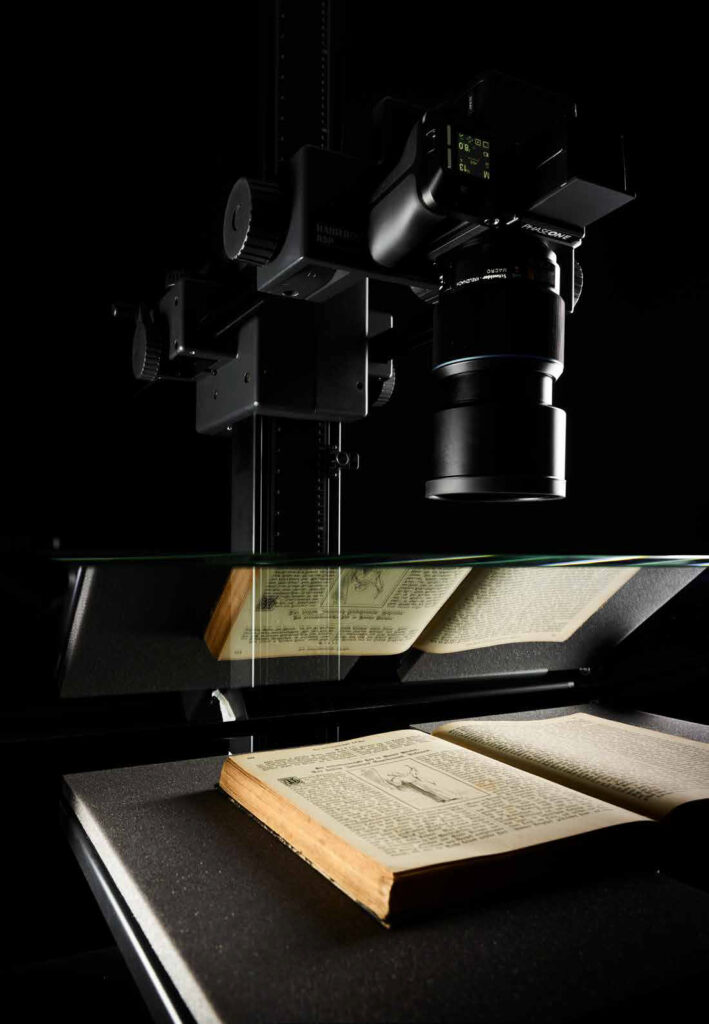
Workflow and preservation
Standardized workflow
Impressive ease of use and durability
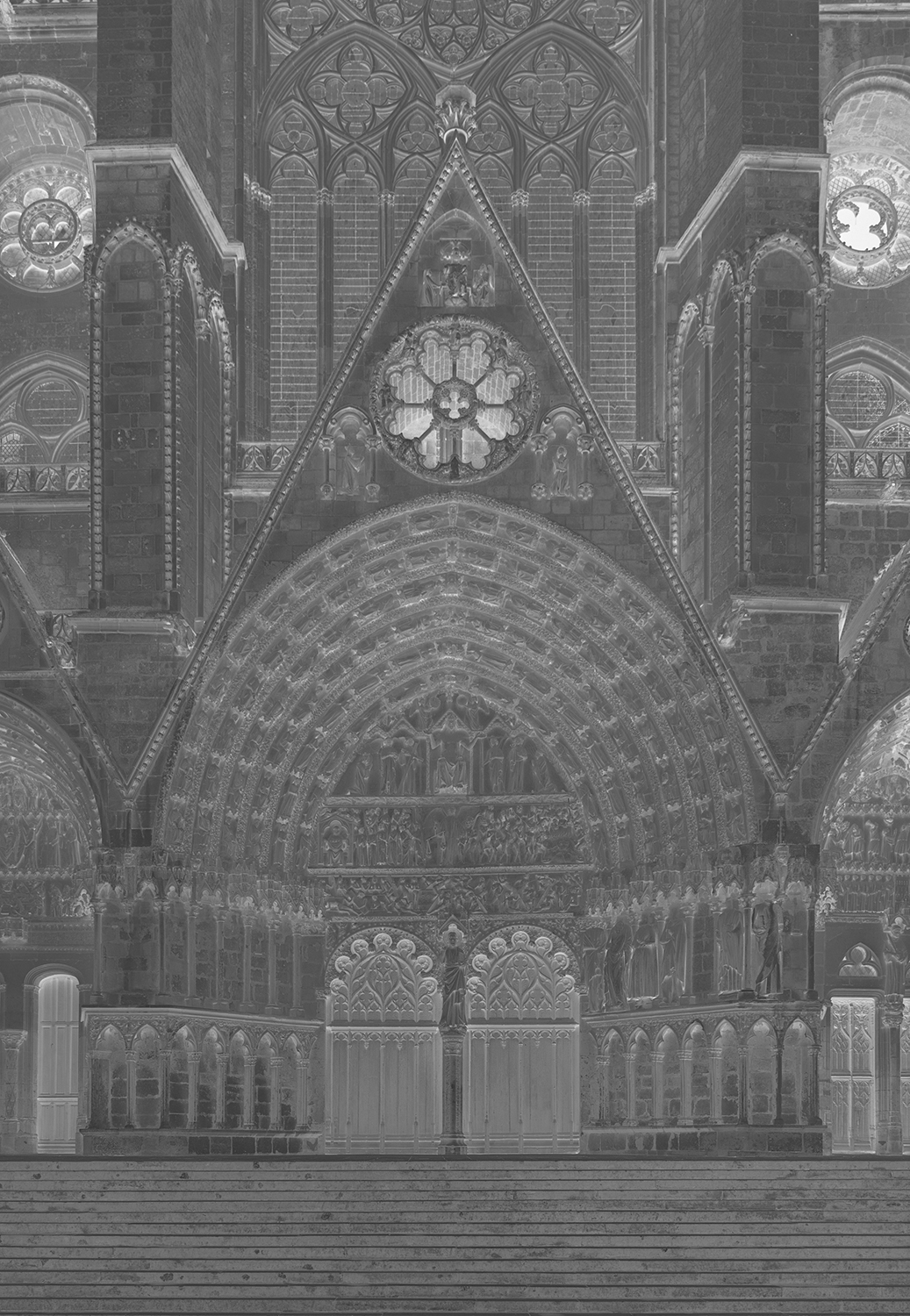
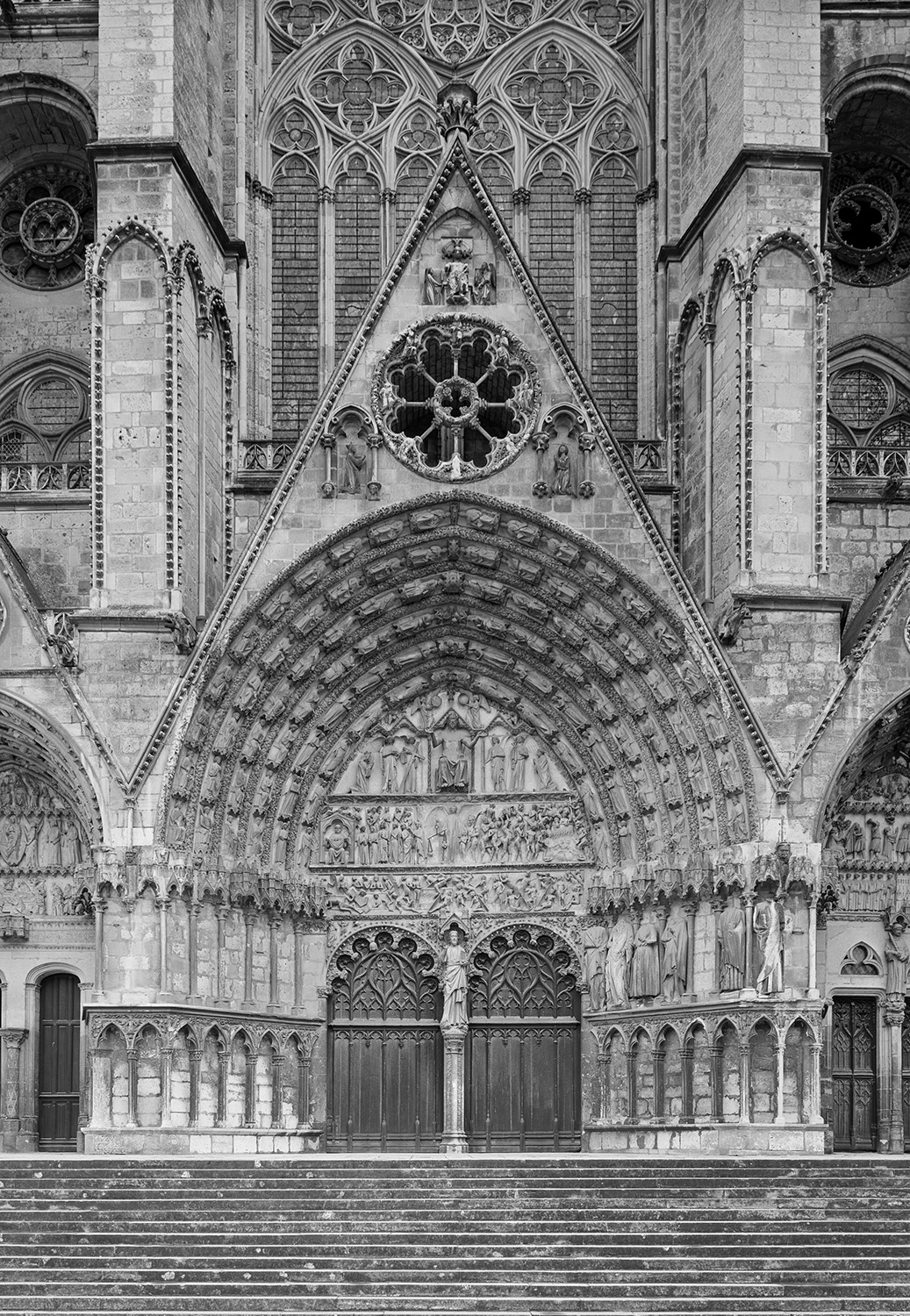
Preserving cultural heritage
The high-end digitalisation with our Phase One cameras and the 100 megapixel-resolution sensors mean that our images are available in the kind of extremely high quality that will be sufficient for most research, teaching and publication purposes
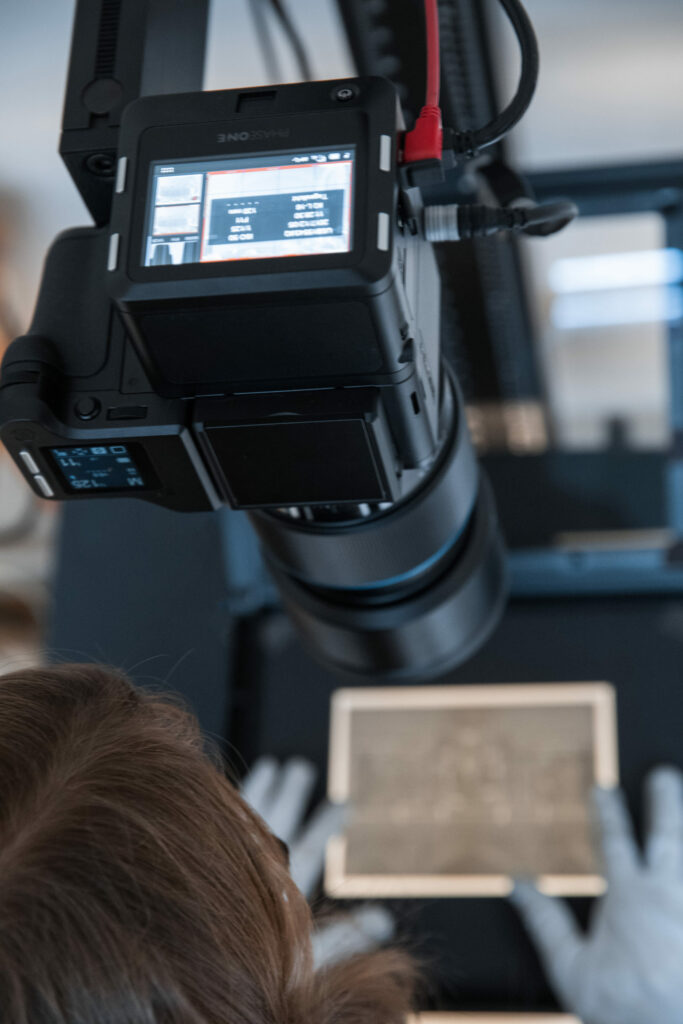
Repro station with Phase One cameras and transmitted-light unit
The Marburg team has a term for this art history documentation process in their own jargon – ‘Fotokampagnen’, which translates literally as ‘photo campaigns’. These shoots only make up one fifth of Foto Marburg’s total volume of work, since eighty percent of their time is actually spent digitalizing historic images – primarily from cut film and glass negatives, but also from historic color images. Phase One Camera Systems are also used for this. “Our digital station consists of one Phase One XF camera with a Schneider Kreuznach 120 mm f/4.0 LS Macro Camera Systems and an IQ3 digital back as well as a flash box that we use to light up the Digital Back, as well as the negative while capturing the image,” Scheidt tells us. Although innovative and unconventional as far as repro setups go, it is one that, according to Scheidt, gives them a real edge in terms of benefits. “Because we use our Phase One cameras for both on-site documentation and digitalization, we use them to their full capacity,” the manager of the Marburg-based photo workshop tells us. “This also makes digitalization much more efficient. By reproducing photographic negatives using a one-shot technique, we achieve digitalization speeds that are well in excess of those achieved by scanning techniques.”
Maximum resolution and colour fidelity
The photographers’ perfectionism is not an end in itself because DDK, which is based at the University of Marburg, has an official task. “Our core task is to ensure that the images of material artefacts from our cultural heritage that we make available to academic research allow art historians and curators of monuments to conduct detailed analysis, and to do so without having to go to the site,” says Dr. Christian Bracht, Director of the Archive. The DDK is known for its high-quality interior shots, stresses Bracht, who lends some art history expertise to the shoots. “It goes without saying that it is extremely important to us that we achieve the finest resolution and 100% colour fidelity when we are photographing the kinds of works of art that are found in locations such as the Herrenhausen Palace. We guarantee this level of image quality by using Phase One professional-standard cameras and digital backs.”
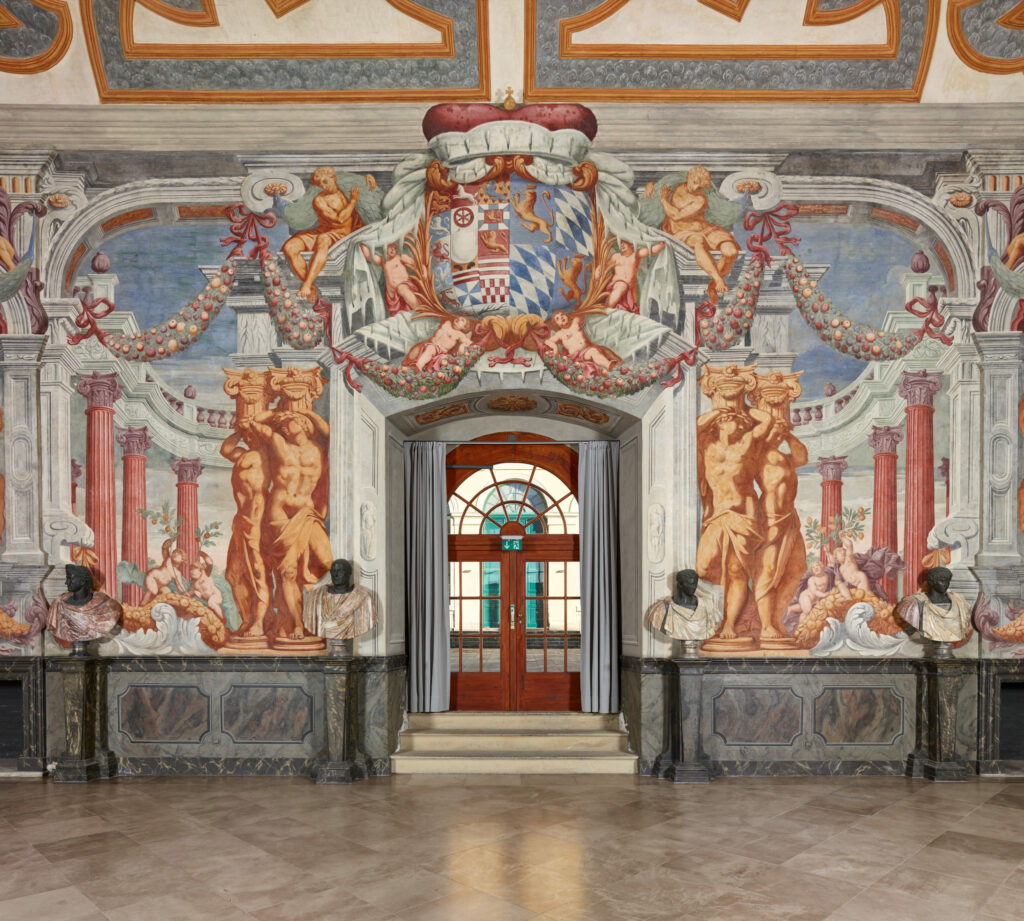
At a glance
Contact a Phase One expert
Are you interested in learning more about our Cameras and accessories? Fill out the form, and a Phase One Cultural Heritage expert will be in touch shortly.
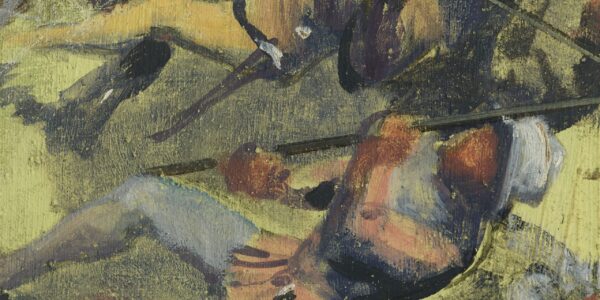
Heritage
Digitizing Panorama formats with Phase One
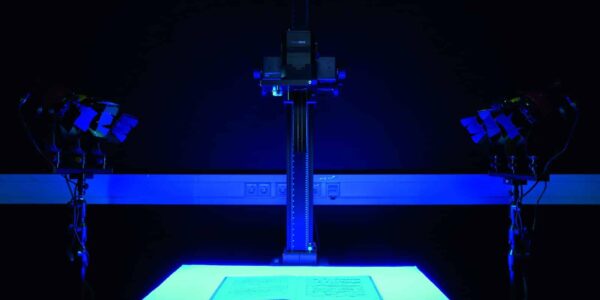
Heritage
Modular digitization at the Herzogin Anna Amalia Bibliothek
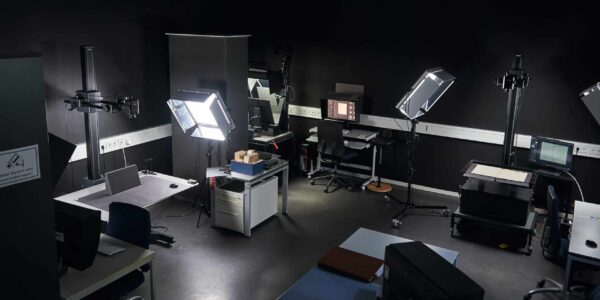
Heritage
Goethe in Weimar’s digitization center
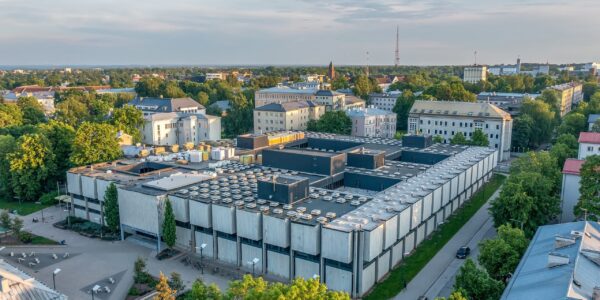
Heritage
University of Tartu Library
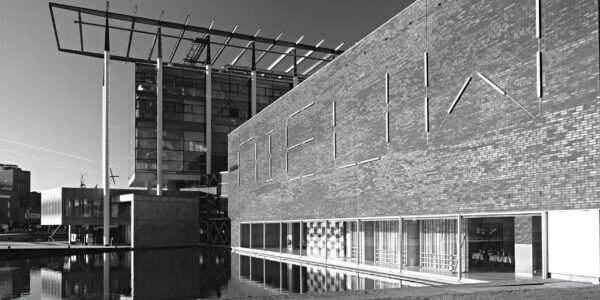
Heritage
Het Nieuwe Instituut (The New Institute) – Rotterdam, The Netherlands
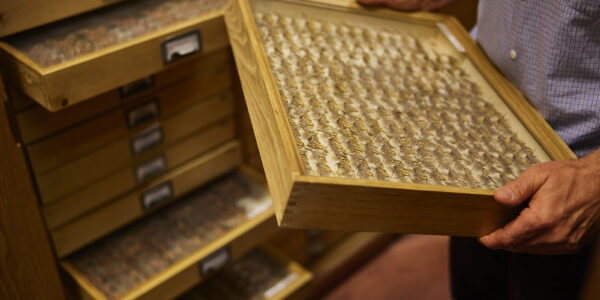
Heritage
Digitizing the Lepidoptera collection at the Hungarian Natural History Museum
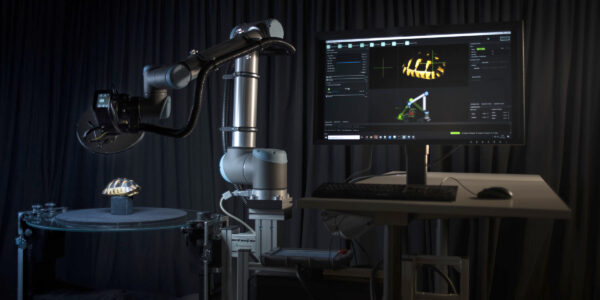
Heritage
Digitizing Dinosaurs and the Path to Virtual Exhibitions
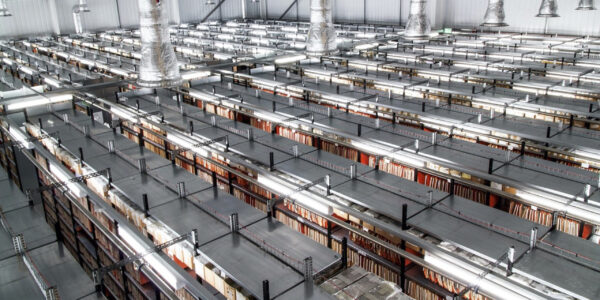
Heritage
Getty Images Archive – Phase One iXG 100MP and Film scanning solution
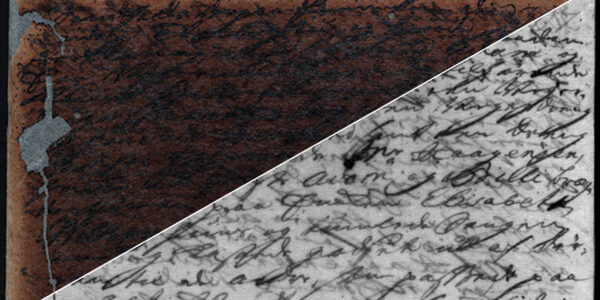
Heritage
The Royal Library of Denmark
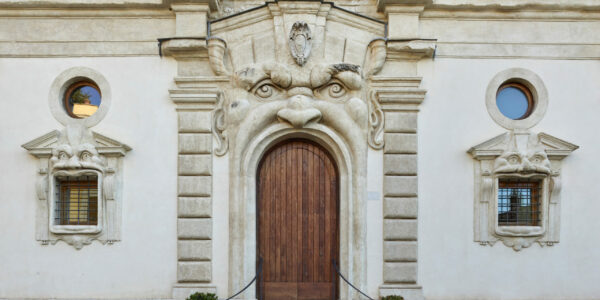
Heritage
The Fotothek of the Bibliotheca Hertziana
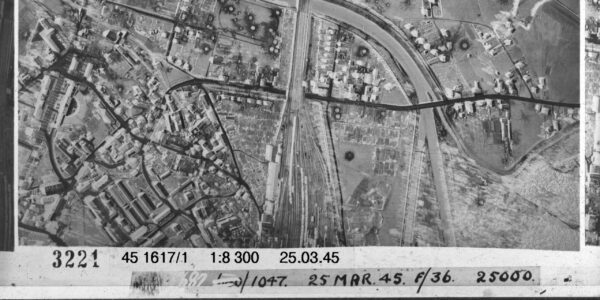
Heritage
Digital Aerial Photography Archive for Baden-Wuerttemberg
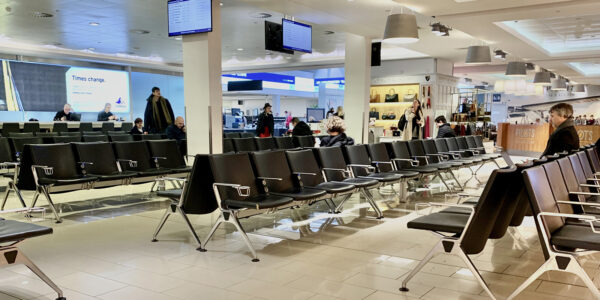
Heritage
Just in the nick of time: the story of an A0 at 300ppi test
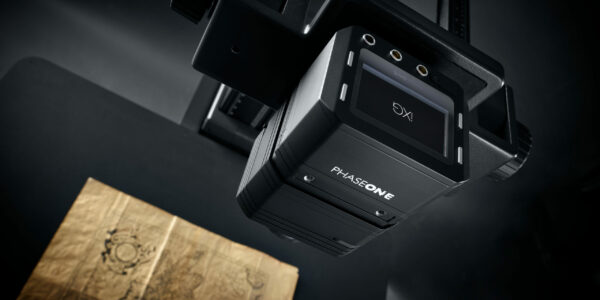
Heritage
Phase One generates stunning results for colonial cartography maps
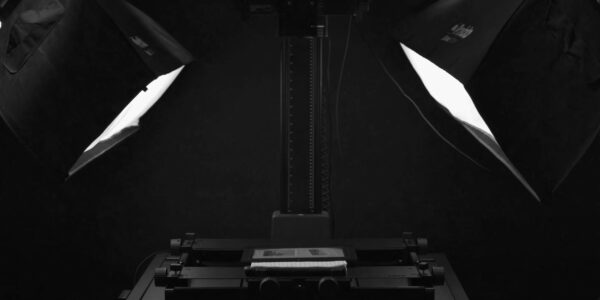
Heritage
Journal digitization workflow with the iXG Camera System
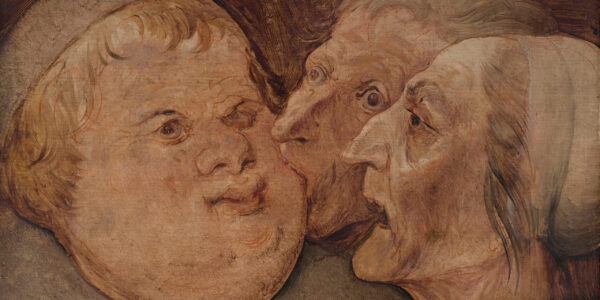
Heritage
A conservation analysis project of two Pieter Bruegel masterpieces
